Mini High-Speed DAPLink Debug Probe TYPE-C STM32 ARM Cortex-M MCU JTAG/SWD/CDC Serial Port/Drag-and-Drop Program Keil OpenOCD
Designed by MuseLab in China
Buy with confidence.
Our Tindie Guarantee protects your purchase from fraud. Learn More
Introduction Mini DAPLink-HS is a high speed debug probe launched by Muse Lab. It is exquisite and compact in appearance with TYPE-C interface. Compared with CMSIS-DAP/DAPLink debug probe, the burnin…
Read More…Introduction
Mini DAPLink-HS is a high speed debug probe launched by Muse Lab. It is exquisite and compact in appearance with TYPE-C interface. Compared with CMSIS-DAP/DAPLink debug probe, the burning speed of mini DAPLink-HS is much faster as it uses USB 2.0 High Speed to transfer data. Mini DAPLink-HS provides three interfaces. These are drag-and-drop programming, a serial port and debugging support. In addition, you can update mini DAPLink-HS firmware using the drag-and-drop programming interface of the bootloader.

Features
● Use USB 2.0 High Speed to transfer data
The differences between CMSIS-DAP/DAPLink and Mini DAPLink-HS are as below

● Support programming and debugging target MCUs based on ARM Cortex core, such as STM32, GD32, NRF51/52

● Support SWD and JTAG debugging interface
The driver-less CMSIS-DAP based debugging interface provides a channel over which the CMSIS-DAP debug protocol runs. This enables all the leading industry standard tool chains to program and debug the target system.
Supported tools include :
Keil MDK
IAR Workbench
pyOCD
Other CMSIS-DAP capable debuggers
● Support USB serial port
Mini DAPLink debug probe also provides a USB serial port which can be bridged through to a TTL UART on the target system. The USB Serial port will appear on a Windows machine as a COM port, or on a Linux machine as a /dev/tty interface and on Mac OS as a /dev/usbmodem.
● Support USB drag-and-drop programming
Mini DAPLink-HS debug probe also appears on the host computer as a USB disk. Program files in binary (.bin) and hex (.hex) formats can be copied onto the USB disk which then programs them into the memory of the target system. This is accomplished by embedded the flash programming algorithm into the interface firmware. Therefore, for drag-and-drop programming to work its important that the version of the DAPLink-HS firmware being used is specifically built for the target system.
● Support firmware upgrade by the drag-and-drop programming interface of the bootloader
● Support software reset, the target board will be reset upon accomplish downloading firmware
Specification
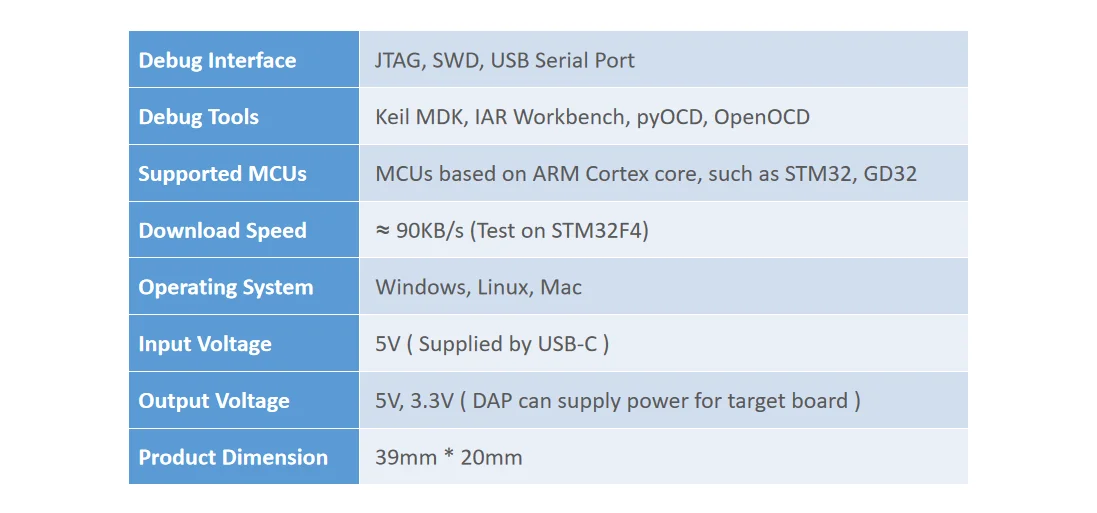
How to install driver
While Linux and Mac OS don’t require any drivers, Windows version older than Windows 10 will require a serial port driver. Please download driver “mbedWinSerial_16466.exe” from https://github.com/wuxx/nanoDAP-HS/tree/master/driver/windows7_serial_driver for mini DAPLink-HS

How to Program
1.Connect mini DAPLink-HS debug probe with the target board by SWD or JTAG.


2.Plug mini DAPLink-HS debug probe to PC USB port.
If everything goes well, a virtual serial port and a USB-HID device will appear on the device manager of computer.
 A USB disk named “DAPLINK” will also appear on the host computer.
A USB disk named “DAPLINK” will also appear on the host computer.

3.Configure the debugging tool. Take Keil MDK as an example(SWD connection).
(1) Open Keil, click “Options for Target”-> “Debug”, and select “CMSIS-DAP Debugger”.
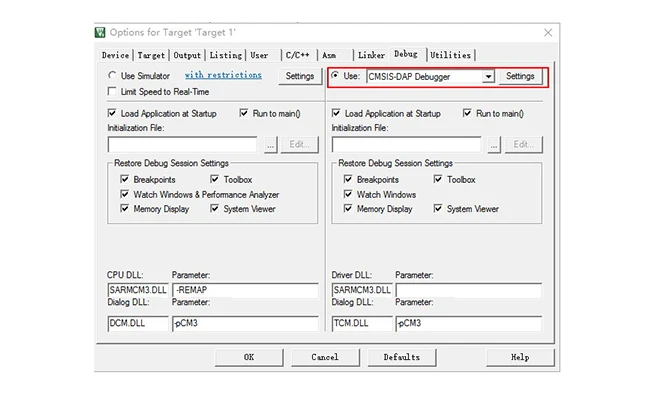
(2) Click “Settings” button and configure the “Debug” page, as shown below

(3) Configure the “Flash Download” page, as shown below

4.Click “Download” button or enter F8 to download codes to the target board.
How to use serial port
1.Connect mini DAPLink-HS debug probe with the target board as shown below,
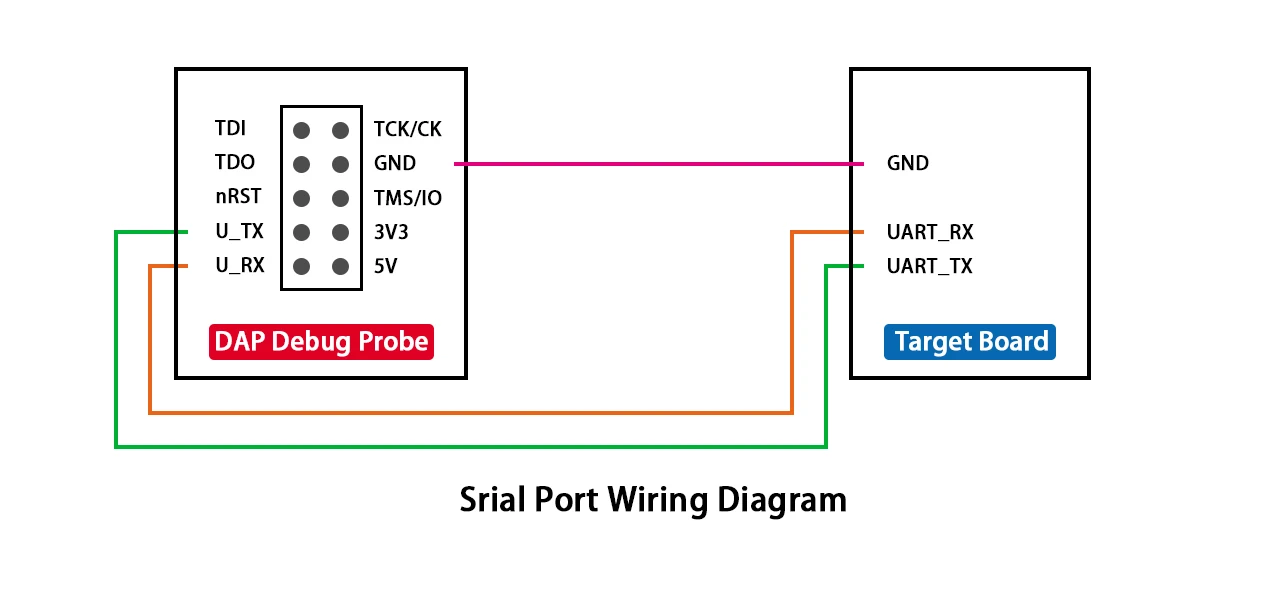
2.Plug mini DAPLink-HS debug probe to host computer. Check the serial port number in device manager as shown below

3.Open serial port tool on host computer, such as Putty, SSCOM. Configure the serial port number and baud rate to connect with the target board. Then it works as shown below


How to program with OpenOCD
We provide a script tool to program the target MCU with OpenOCD. Please download the script tool in https://github.com/wuxx/openocd-toolbox. Then double click the script without installation.
Documentation
● User manual
https://github.com/wuxx/nanoDAP-HS/blob/master/README.md
● Serial Port Driver for Win7
https://github.com/wuxx/nanoDAP-HS/tree/master/driver/windows7_serial_driver
● Script Tool for OpenOCD
https://github.com/wuxx/openocd-toolbox
FAQ
● Q: The computer prompts that there is no serial port driver on Windows 7
A: While Linux and Mac OS don’t require any drivers, Windows version older than Windows 10 will require a serial port driver. Please download driver from https://github.com/wuxx/nanoDAP-HS/tree/master/driver/windows7_serial_driver
● Q: Keil MDK prompts “SWD/JTAG Communication Failure”, how to resolve it?
A: First, please check whether pins of debug probe and target board are connected correctly. Second, please check whether the voltage of target board is sufficient. If the target board is power supplied by debug probe, the voltage may be insufficient since the max output current of USB is 500mA.
● Q: Keil MDK prompts “RDDI-DAP Error”, how to resolve it?
A: First, please check whether pins of debug probe and target board are connected correctly. Second, please try to use shorter DuPont lines since signals between DuPont lines may interfere each other if DuPont lines are too long. You can also try to reduce the programming speed. Generally, the problem can be resolved by the above methods.
● Q: Which chips does mini DAPLink-HS support drag-and-drop programming?
A: Mini DAPLink-HS supports drag-and-drop programming of several chips. Please refer https://github.com/ARMmbed/DAPLink/tree/master/source/family. In future, more chips will be supported with the development of ARM community. If your own chip needs to be supported drag and drop programming, you can make some code changes by referring the source code.
● Q: Can mini DAPLink-HS debug probe be used for debugging in Linux?
A: In Linux, you can use mini DAPLink with OpenOCD to program and debug the target MCU. OpenOCD is a popular debugging tool all over the world as it’s open source and powerful. Since OpenOCD is cross-platform, you can also use OpenOCD to debug MCU in Windows by writing configuration scripts.
Shipping List
● Kit 1: Mini DAPLink-HS Debug Probe x 1 + 20cm DuPont Line x 4
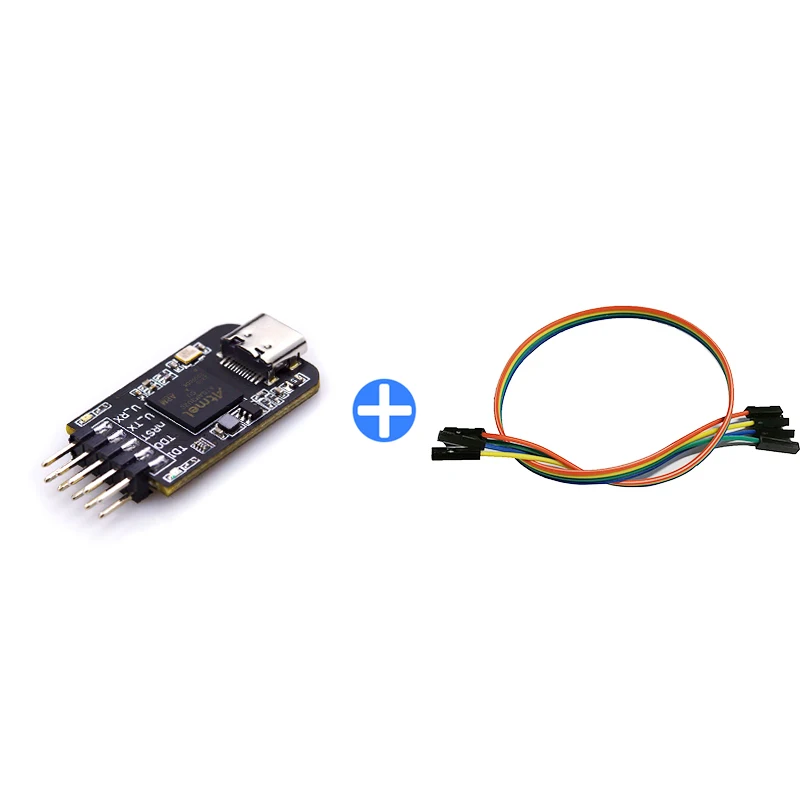
● Kit2: Mini DAPLink-HS Debug Probe x 1 + 20cm DuPont Line x 4 + 1 Meter TYPE-C Cable x 1
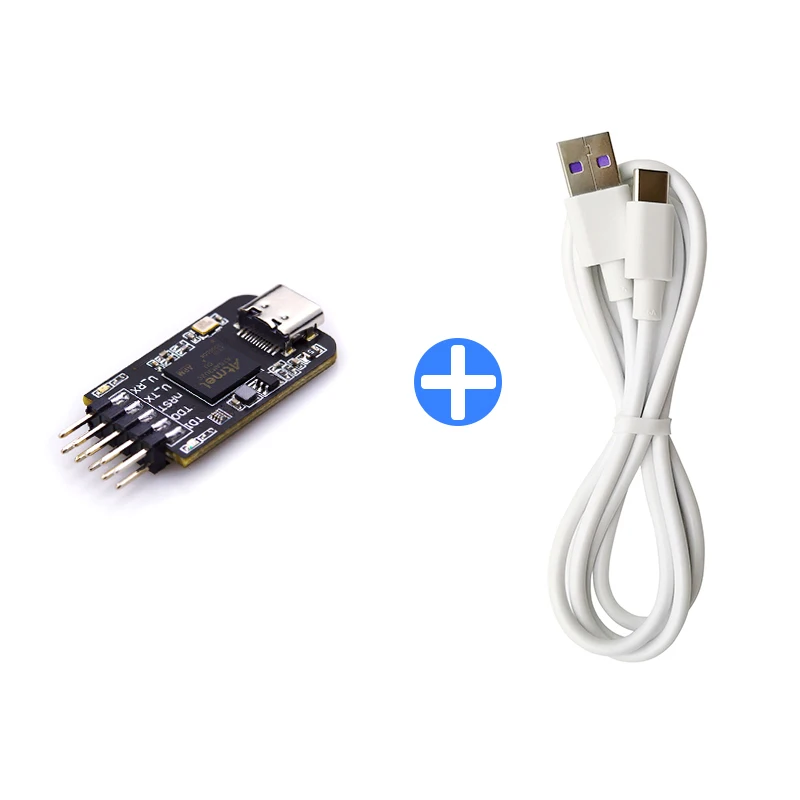
● Kit3: Mini DAPLink-HS Debug Probe * 1 + 20cm DuPont Line * 4 + SWD to JTAG Adapter Board * 1 + 20cm FC-25 Pins Gray Cable + 20cm FC-210 Pins Gray Cable
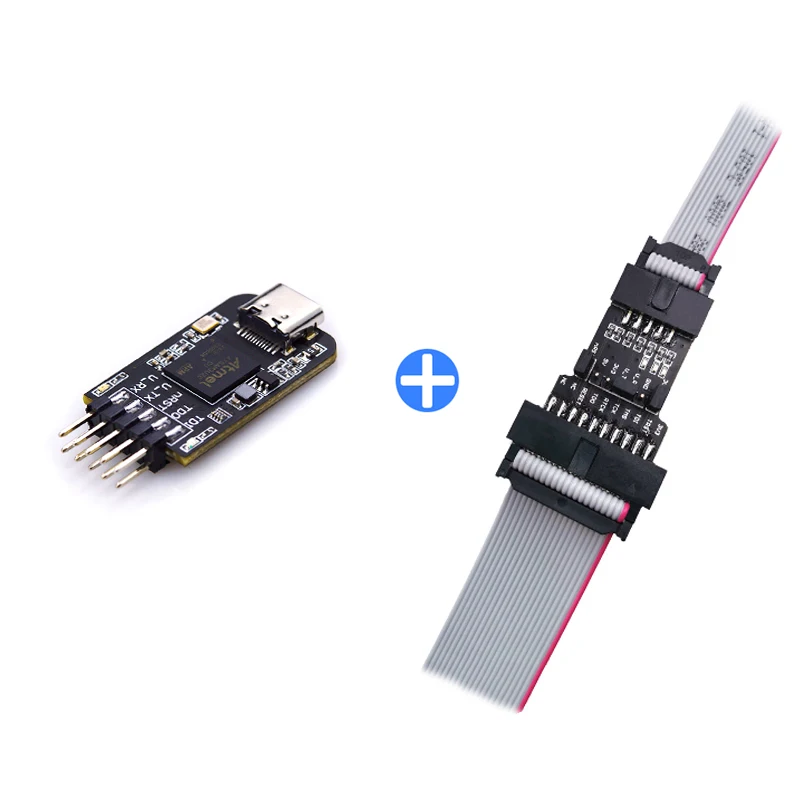
No country selected, please select your country to see shipping options.
No rates are available for shipping to .
Enter your email address if you'd like to be notified when Mini High-Speed DAPLink Debug Probe can be shipped to you:
Thanks! We'll let you know when the seller adds shipping rates for your country.
| Shipping Rate | Tracked | Ships From | First Item | Additional Items |
|---|---|---|---|---|
|
:
|
Buy with confidence.
Our Tindie Guarantee protects your purchase from fraud. Learn More
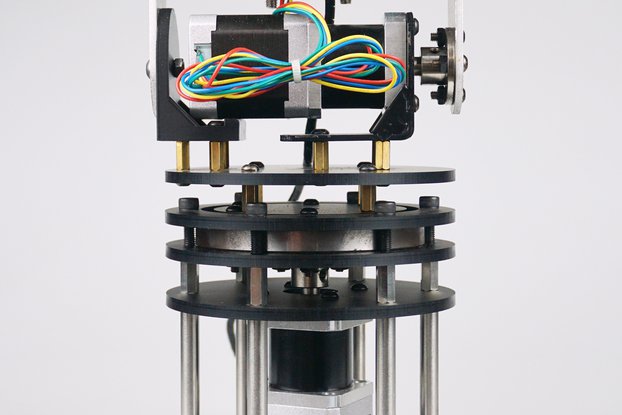
$325.00
Free Shipping!

$6.80
Free Shipping!
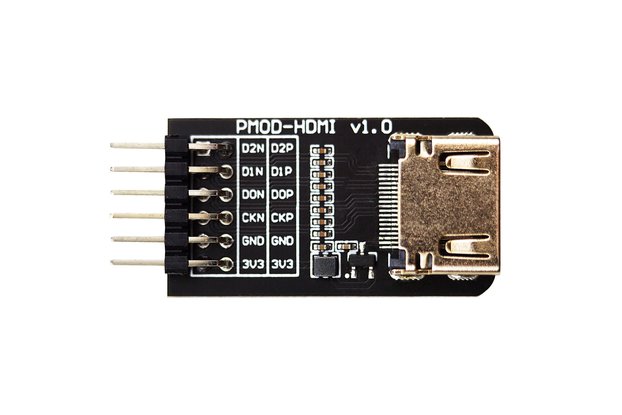
$2.80
Free Shipping!
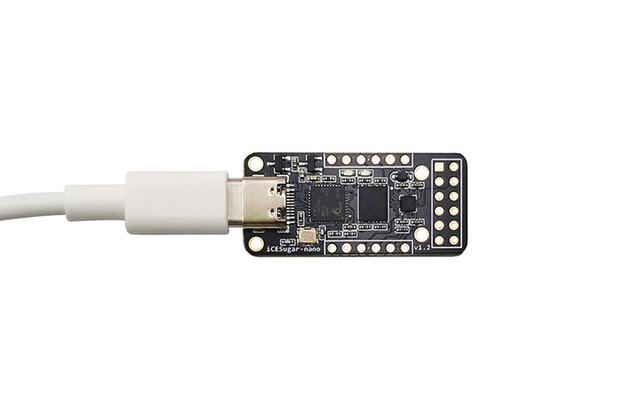
$19.00
Free Shipping!
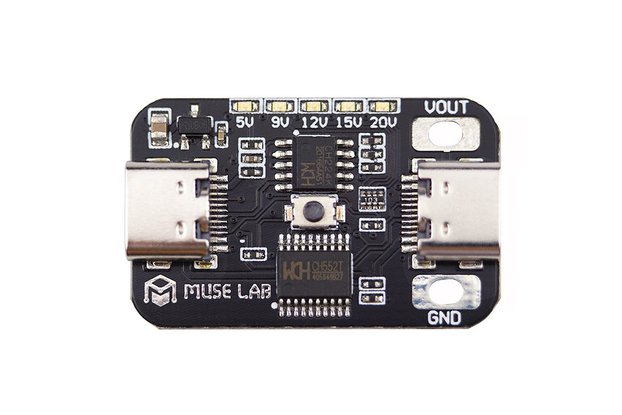
$5.00
Free Shipping!
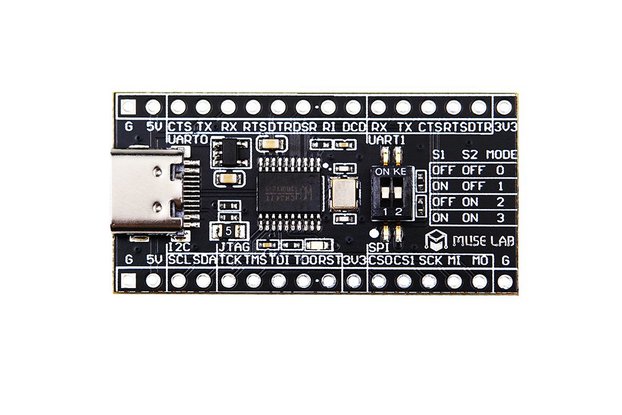
$4.80
Free Shipping!
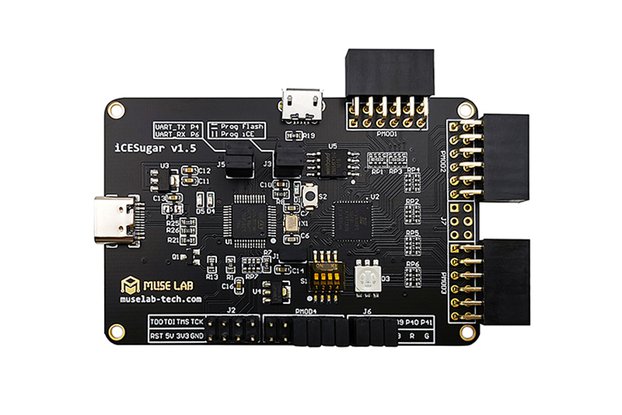
$32.00
Free Shipping!
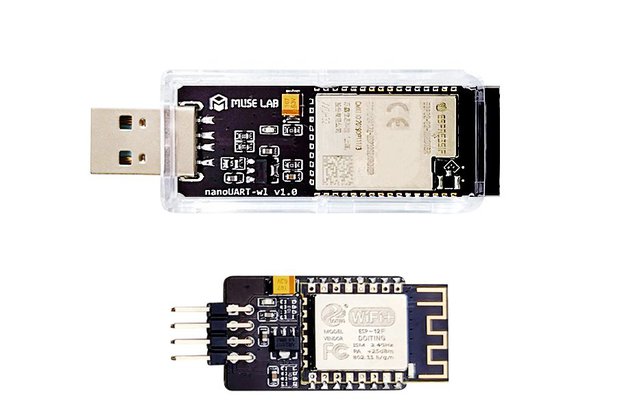
$14.80
Free Shipping!
By clicking Register, you confirm that you accept our Terms & Conditions
We recognize our top users by making them a Tindarian. Tindarians have access to secret & unreleased features.
We look for the most active & best members of the Tindie community, and invite them to join. There isn't a selection process or form to fill out. The only way to become a Tindarian is by being a nice & active member of the Tindie community!
